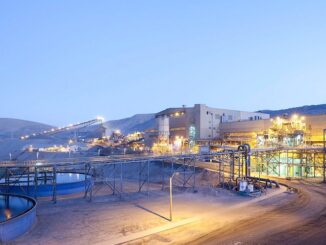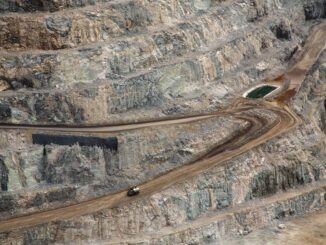Mining is also a male-dominated field, with a reputation of being unsafe for women. Mining giant Rio Tinto found 28% of women working in mining experienced sexual harassment while 21 women reported cases of actual or attempted rape or sexual assault in the past five years, according to a 2021 study of 10,000 employees.
In the U.K. four universities have banned mining firms from recruiting on campus and attending careers fairs, reported the Wall Street Journal. This reflects the broader trend of recent grads and young workers who want environmentally sustainable careers and identify mining companies as pariahs because of their negative impact on the planet.
Young people are the driving force behind climate relief efforts. As such, young adults prioritize a career where they can positively contribute to climate action. Almost 70% of 10,000 16–25-year-olds surveyed in ten countries said they were extremely worried or very worried about climate change, according to a 2021 study published in The Lancet. In the UK, a survey of 1000 young people found that 57% want to work for an environmentally sustainable business. In Asia Pacific, an AccentureACN survey showed that 77% of young people aspire to have a green job within the next 10 years.
The most burning question today for the industry is how to be a first choice for young employees who want to contribute to climate action and be socially responsible in other areas.
The McKinsey report includes four areas for mining companies to consider. These include treating talent as a strategic pillar, alongside safety production and cost, finding out what really matters to employees, understanding which skills matter to employees and investing in them, and making bold moves on the social agenda.
These are important areas for mining companies, but they are also table stakes. I think there’s a strong possibility that mining companies that make the changes McKinsey has suggested could still be desperate for talent. Here are a bolder set of considerations that can help establish mining as an industry with a purpose while helping companies attract the talent they need to be successful and contribute to climate action.
Emulate brands such as Patagonia that have become climate change leaders by developing and deploying a compelling business purpose. “We’re in business to save our home planet, and we’re hiring,” is the first message on Patagonia’s career page. The purpose of Glencore, the world’s largest resource company is “Responsibly sourcing the commodities that advance everyday life.” At Rio Tinto, the world’s second-largest metals and mining corporation, their ambition is ‘to be a business with a commodity mix that is aligned with evolving customer demand in a decarbonising world.” These aren’t messages that will attract young people who want to change the world. Companies in the mining industry should restate the purpose of their businesses to reflect their commitment to making the world a better place.
Develop new standards of employment in collaboration with diverse stakeholders including: women, Indigenous people, and those who identify as LGBTQ+. Engaging these stakeholders will help attract new employees by shifting the industry’s reputation as male-centric to one that is diverse and equitable. 69% of millennial and Gen Z employees are more likely to stay for five or more years at a company with a diverse workforce according to data from Deloitte. In additional research from Glassdoor 76% of employees cited DEI in strategy as “non-negotiable.” Being more inclusive will also contribute to climate change. Bringing the principles of diversity and inclusion into business decision-making also improves climate change outcomes according to Deloitte.
Be transparent and authentic. Younger people are attracted to companies that are transparent and authentic. “When it comes to choosing an employer, young people are asking important questions – about diversity and inclusion, transparency, flexibility, sustainability, community, continuous learning and career development,” wrote Diane Jermyn, in The Globe and Mail. Mining companies can demonstrate transparency and engage younger people by encouraging employees and local stakeholders to use social media to share what’s working, and what isn’t.
Mining companies can demonstrate authenticity by partnering with people and organizations that are opposed to mining. I experienced the value of doing this when I facilitated a session called ‘CSR: Is It Worth It?’ at the Prospectors and Developers Association of Canada’s Annual International Convention. The session included Indigenous leadership, a mining executive and academic representative from MiningWatch Canada, an organization that was highly critical of the industry. Initially, conference organizers thought it was too risky to include the person from MiningWatch. However, he brought a balanced authentic perspective to what would have been biased in favor of the industry.
Moving forward leaders in this industry need to recognize that business success, climate action, and attracting the next generation of employees are indivisible. This is what the future of mining looks like.
Source: Forbes.com
ENB Top News
ENB
Energy Dashboard
ENB Podcast
ENB Substack




